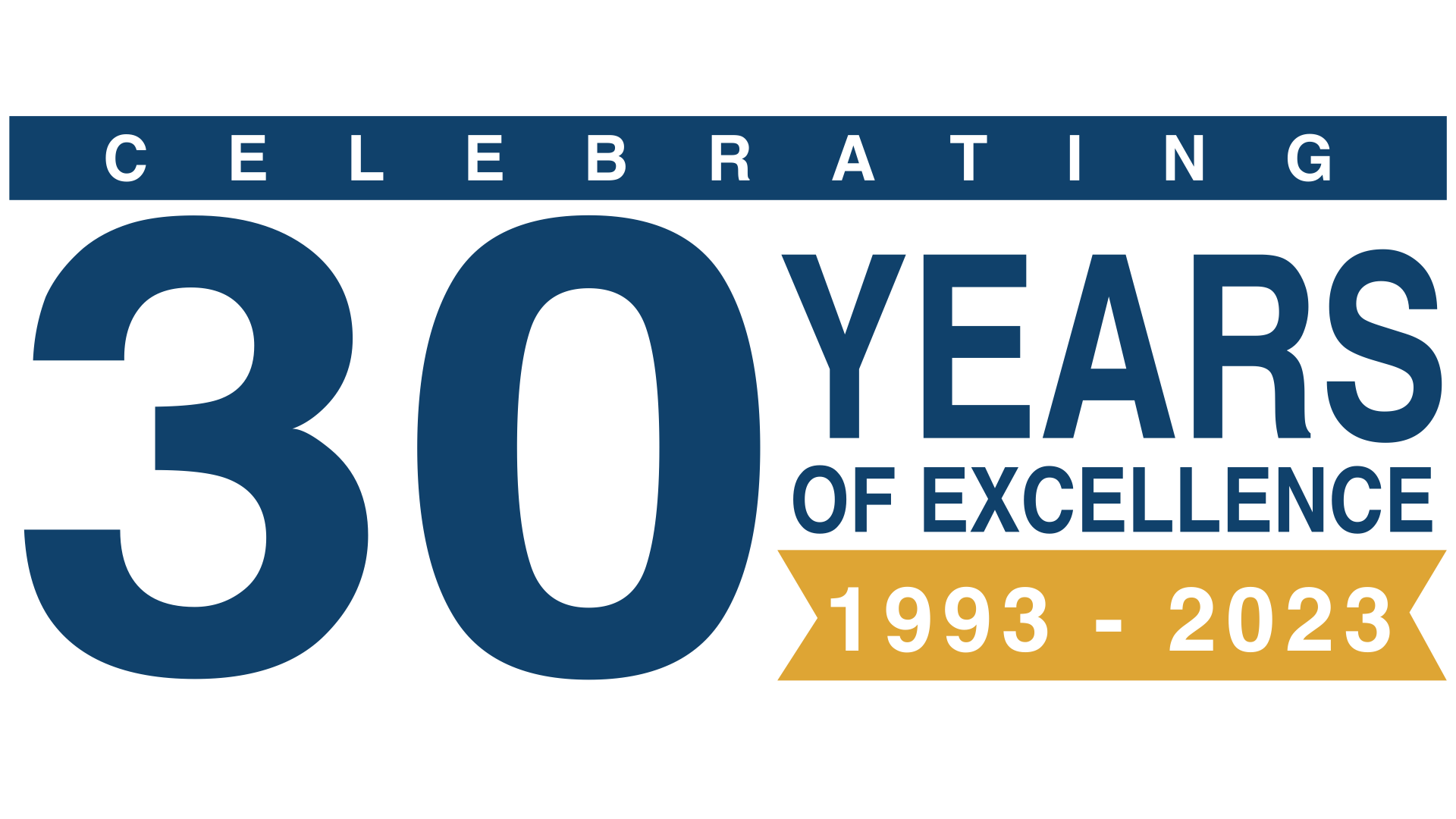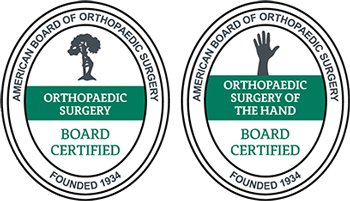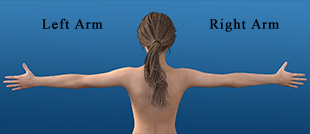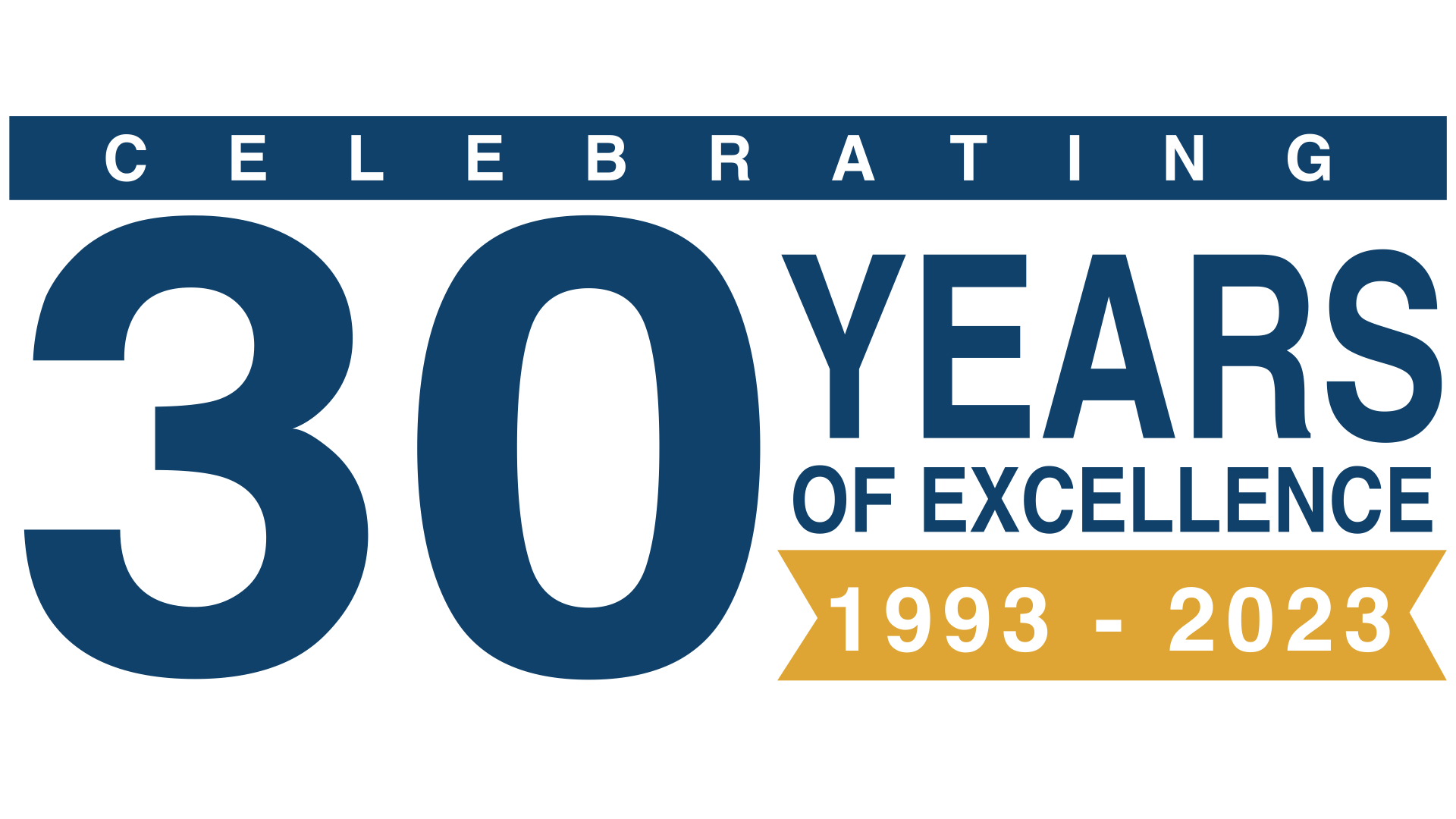Can Non-Mothers Develop “Mommy Thumb”?

De Quervain’s tenosynovitis, also known to many as “mommy thumb,” is a painful condition that affects the tendons on the thumb side of your wrist. Tendons are rope-like structures that the muscle uses to pull the bone. These tendons can be seen on the back of your hand when you straighten your fingers. When the two tendons around the base of your thumb become swollen, it causes the sheaths (casings) covering the tendons to become inflamed. This puts pressure on nearby nerves, causing pain and numbness. Although this condition is called “mommy thumb,” being a mother is not the sole reason for it to occur.
Contents
Causes
Doctors are not entirely sure what causes De Quervain’s tenosynovitis, but they have several suggestions about it. The most common is chronic overuse of the wrist. Repetitive movements day after day cause irritation and pain, a common movement that causes it is regularly lifting a child, which is why the condition is associated with mothers. Another cause is lifting heavy grocery bags by the handles. Other causes could include a direct injury to the wrist or inflammatory arthritis.
Symptoms
If you develop De Quervain’s tenosynovitis, you may experience the following symptoms, including:
- Pain near the base of your thumb.
- Swelling near the base of your thumb.
- Difficulty moving your thumb and wrist when you are doing something that involves grasping or pinching.
- A “sticking” or “stop-and-go” sensation in your thumb when moving it.
- Pain and tenderness in the wrist.
If the condition goes untreated for too long, the pain may spread further into your thumb, back into your forearm, or both. Pinching, grasping, and other movements of your thumb and wrist aggravate the pain.
Risk factors
Some risk factors for the development of De Quervain’s tenosynovitis include:
- Age. If you are between the ages of 30 and 50, you have a higher risk of developing De Quervain’s tenosynovitis than other age groups, including children.
- Sex. The condition is more common in females, affecting women eight to ten times more often than men.
- Being pregnant. The condition is often associated with pregnancy because fluctuating hormone levels can make inflammation more likely. Some women also experience it while nursing.
- Jobs or hobbies that involve repetitive hand and wrist motions. These may contribute to de Quervain’s tenosynovitis due to the strain on the tendon.
- Previous wrist injury. Scar tissue can restrict the tendon movement.
People working in jobs having to deal with:
- Lifting (Bag, boxes, children, etc.)
- -Gardening
- Racquet sports(Tennis, racquetball, etc.)
- Tools
All these jobs and hobbies can contribute to increasing the risk of developing De Quervain’s tenosynovitis.
When should you see your doctor?
You should consult your doctor if your pain and function are continuous problems and you have already tried the following:
- Not using your affected thumb
- Applying cold to the affected area
- Using nonsteroidal anti-inflammatory drugs, such as ibuprofen (Advil, Motrin IB, others) and naproxen (Aleve)
Diagnosis
To diagnose de Quervain’s tenosynovitis, your doctor will examine your hand to see if you feel pain when pressure is applied on the thumb side of the wrist. Your doctor will also perform a test called Finkelstein. You will bend your thumb across the palm of your hand and bend your fingers down over your thumb. Then you bend your wrist toward your little finger. If this causes pain on the thumb side of your wrist, you likely have De Quervain’s tenosynovitis. Imaging tests such as X-rays are not typically needed for the diagnosis of this condition.
Treatments
Treatment for de Quervain’s tenosynovitis aims to reduce inflammation, preserve movement in the thumb, and prevent a recurrence. If you start treatment early, your symptoms should improve within four to six weeks.
Non- surgical treatments for De Quervain’s tenosynovitis include:
Medications – Taking a nonsteroidal anti-inflammatory drug such as ibuprofen to reduce pain and swelling is often recommended.
Your doctor may also recommend injections of corticosteroid medications into the tendon sheath to reduce swelling. If treatment begins within the first six months of symptoms, most people recover completely after receiving corticosteroid injections, often after just one injection.
Immobilization – Immobilizing your thumb and wrist, keeping them straight with a splint or brace to help rest your tendons.
Physicians may recommend that patients wear a splint called a thumb spica splint, which immobilizes the thumb. Patients are typically instructed to wear it 24 hours a day for 4 to 6 weeks.
Ice & Heat – Apply heat or ice to the affected area. Ice therapy can reduce inflammation and numb pain signals, so it is useful for treating De Quervain’s tenosynovitis. The affected area can be iced for 10 to 15 minutes several times a day. Ice should not be applied directly to the skin, as this can cause burns.
Therapy – A physical or occupational therapist can show you how to change the way you move. This can reduce stress on your wrist. Your therapist can also teach you exercises for your wrist, hand, and arm to strengthen your muscles, reduce pain, and limit tendon irritation.
Surgery
If your case is more severe and non-surgical treatments do not help relieve pain and swelling, surgery may be recommended. Surgery involves a procedure in which your doctor inspects the sheath surrounding the involved tendon or tendons, and then opens the sheath to release the pressure so your tendons can glide freely. After surgery, you will need to do physical therapy to strengthen your wrist and thumb. Once the area has healed and returned to full strength, you should have your hand’s regular use.
This condition is temporary, and it generally responds well to treatment. It is essential to treat de Quervain’s tenosynovitis. If this condition is not treated, it can permanently limit your movement or cause the tendon sheath to burst. Once your symptoms are better, work to prevent the condition from happening again by taking precautionary and caring steps.

























